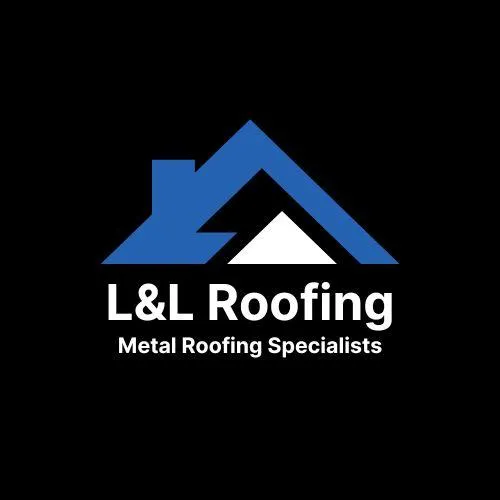
Single-Ply Roofing: Why Perimeter Securement Is Critical
Single-Ply Roofing Perimeter Securement: What Every Property Owner Needs to Know
When it comes to commercial or flat roof systems, single-ply roofing is a popular choice. It's clean, efficient, and long-lasting. But here’s the truth: even the best single-ply membrane won't protect your building unless it's properly secured at the perimeter.
Let’s break it down.
What Is Perimeter Securement in Single-Ply Roofing?
Perimeter securement refers to how the edges and corners of your single-ply membrane roof are fastened to resist wind uplift. These areas—especially the corners—are where wind pressure is the most intense.
Think of it as anchoring your roof. Without solid anchorage, the edges can lift, tear, or detach entirely during a storm.
Why It’s So Important
Georgia sees its fair share of wind and weather. In places like Gainesville, Buford, or Cumming, we’ve seen roofs fail—not from material breakdown, but from poor securement.
Here's what happens when perimeter securement is ignored:
Wind Uplift: Membranes peel back from the edges.
Water Infiltration: Open seams let in rain.
Full System Failure: One weak spot can lead to total blow-off.
And here's the kicker: Most wind-related roof damage starts at the perimeter.
What the Code Requires (And Why It Matters)
Building codes like ANSI/SPRI ES-1 and the International Building Code (IBC 2021) mandate edge securement that can withstand specific uplift pressures based on your location and roof height.
That’s not just red tape. It’s protection.
At L&L Roofing, we follow and exceed these codes with every TPO, PVC, or EPDM install. Why? Because shortcuts cost more in the long run.
Best Practices We Follow at L&L Roofing
Edge Metal Tested to ES-1 Standards
We don’t guess—we verify performance.
Proper Fastener Spacing
Every corner, every termination is reinforced with correct spacing, per manufacturer and code specs.
High-Wind Areas? We Double Down
Special zones like ridges, parapets, and corners get reinforced with higher-rated products and tighter fastening.
Trained Crew, Every Time
Our crew knows exactly what to look for. This isn't their first roof.
Real-World Example
One of our commercial clients in Dawsonville had a flat roof that was technically new—but poorly secured. The first spring storm peeled the membrane like a banana. We rebuilt the perimeter using tested edge metal and proper fastening. It’s been solid ever since.
FAQs
What type of fasteners are used for perimeter securement?
We use corrosion-resistant fasteners designed for high uplift resistance, rated and approved for the membrane system we install.
Is perimeter securement different for metal and membrane roofs?
Yes. While the concept is the same—prevent edge failure—the materials and fastening methods differ. Standing seam roofs use clips and edge metal; single-ply systems rely on plates, bars, and termination bars.
How do I know if my roof perimeter is secure?
Schedule a free inspection. We’ll check fastener spacing, edge metal conditions, and membrane termination.
Protect Your Building. Don’t Skip the Edges.
If you're a property owner in Gainesville, Flowery Branch, or Dahlonega, and you’ve got a flat or low-slope roof, don’t overlook the edges. Perimeter securement isn’t optional—it’s critical.
Need your flat roof inspected or replaced?
📞 Call us at (770) 874-0372
Or visit llroofs.com

